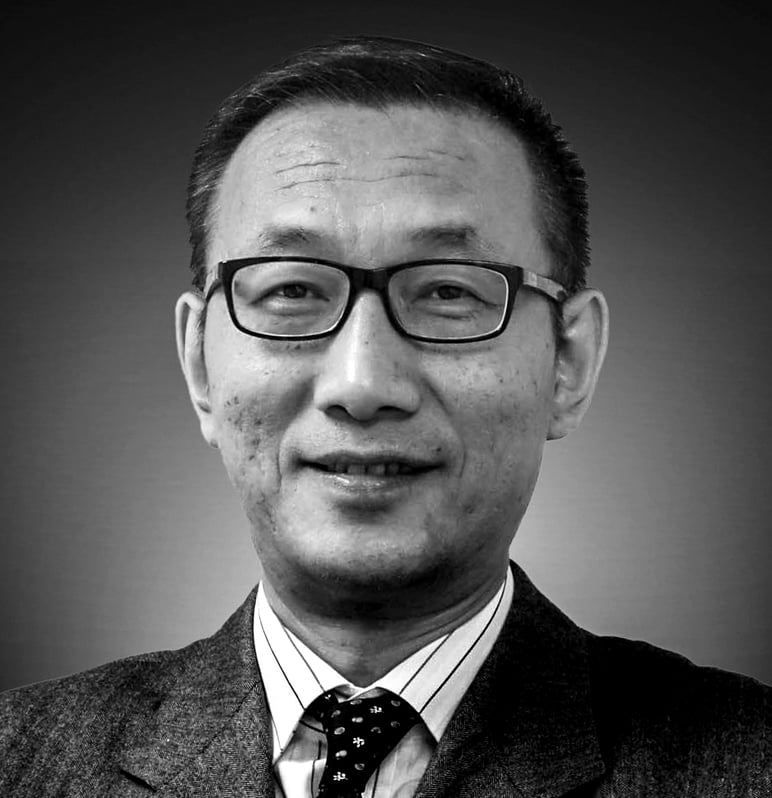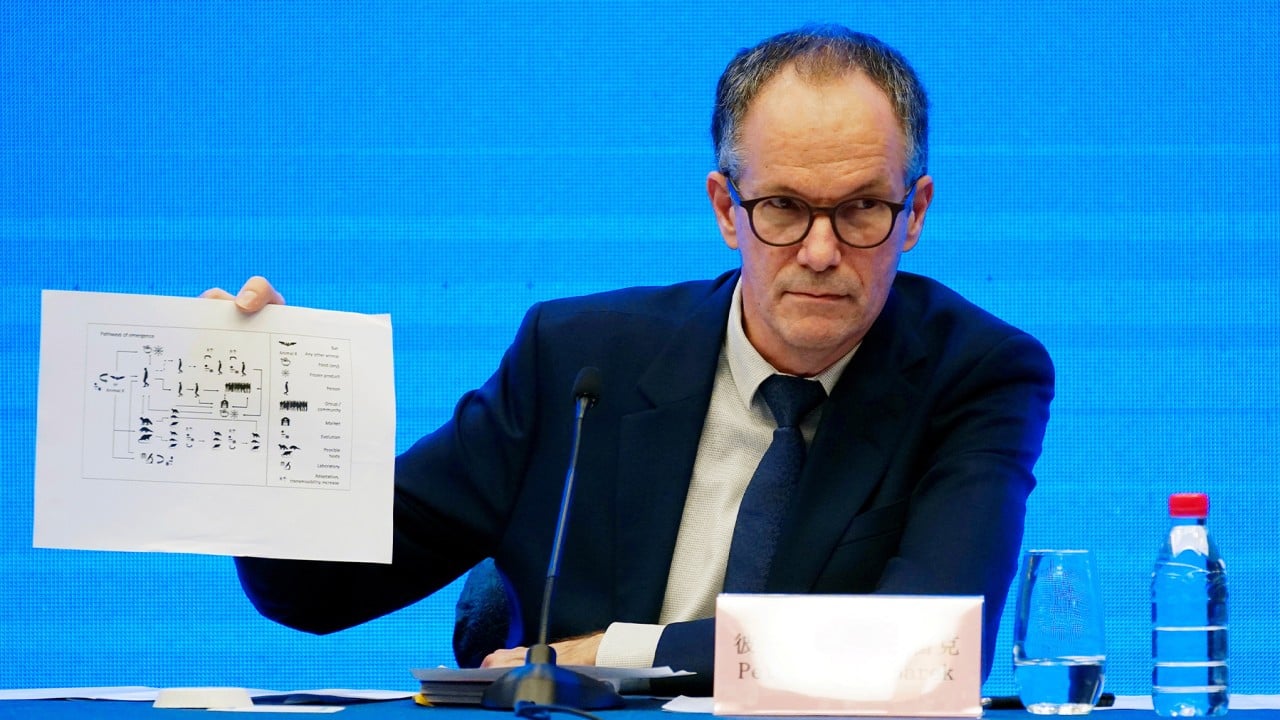
China should allow a Covid-19 leak theory probe at Wuhan lab – if US does the same at Fort Detrick
- If Beijing plays defensive it risks feeding Washington’s narrative that China has something to hide. Far better to go on the offensive
- It is natural for the world to demand a definitive answer as to the origins of the coronavirus. For that, a hard look at not only China, but the US and the rest of the world, is needed
Biden’s statement, on May 26, was framed to suggest that he had ordered US intelligence agencies to determine whether the virus originated in animals and spread to humans or whether it was the result of a lab accident – and to report back to him within 90 days. However, its actual effect has been to put the spotlight on something that until recently had been dismissed by the world’s leading scientists as a fringe conspiracy theory.
Since then, US politicians and mainstream media have pushed the narrative that China is hiding information regarding the origins of the pandemic, particularly relating to the Wuhan Institute of Virology that specialises in coronavirus research and is located in the city where the first case of the virus was reported.
Could the coronavirus have come from a lab? The theory was too quickly ruled out, scientists say
In March, a report based on a WHO-China joint study said that the virus was “extremely unlikely” to have leaked from a lab and called for a focus on a hypothesis that the disease was transferred to humans through contact with an intermediary host, most likely bats, which are known to carry coronaviruses.
Beijing’s angry responses probably mean that it is unlikely to accommodate further international investigations. But by being defensive, China will add credence to the US-led narrative that China has something to hide.

It is true that most experts have previously dismissed the speculation about a lab-leak as a fringe conspiracy theory, and many still do, but the US-led investigation into this scenario will focus international attention. Already, an increasing number of scientists including Anthony Fauci, America’s top infectious diseases expert, are publicly backing an investigation into the lab-leak theory.
Even WHO director general Tedros Adhanom Ghebreyesus has called for further investigation to rule out the lab-leak theory completely.
Politics aside, it is crucial for the world to make concerted efforts to find a definitive answer on where the virus came from so that mankind can better prepare for a future pandemic.
Coronavirus: new call for fresh look at natural and lab origin theories
Furthermore, let’s face it: for a pandemic that has caused more than 170 million infections, 3.7 million deaths and economic devastation globally, people around the world yearn to find the real culprit.

Beijing going on the offence could also serve to wrong-foot Washington’s move to use spooks to probe the origins of the virus. US intelligence agencies have been on this since soon after the outbreak in late 2019 but so far have not produced credible solid evidence pointing to a lab leak. If they had, they would have released it by now. It makes one wonder what difference 90 more days will make.
So far some American politicians have made a big deal of a declassified report that three researchers at the Wuhan lab were hospitalised in November 2019 with flu-like symptoms consistent with Covid-19. That is circumstantial and can be easily explained away that they simply suffered from a bad flu in the winter season.
Meanwhile, Chinese officials and state media have long pushed a conspiracy theory that the virus originated outside China, suggesting that it may have come from the lab at Fort Detrick. They cite the lab’s previous shutdowns for safety violations, the rise of e-cigarette or vaping associated lung injuries and an early flu season in some other parts of the country in 2019. For sure, those allegations are made without credible evidence but from the Chinese perspective, they should be investigated just like the allegations about the Wuhan lab.
Furthermore, though it may seem counterintuitive, it is in China’s interests to allow greater access to the lab as doing so would highlight its international links.
It is China’s first biosafety level four laboratory, which studies easily transmitted pathogens that can cause fatal diseases including Ebola. It was designed and built with French technology and money. And researchers at the lab, including Shi Zhengli, the renowned virologist known as “China’s batwoman”, have received US funding and worked with US scientists to study whether and how bat coronaviruses could affect humans. All this means that informed parties in the international community have already got a pretty good idea of what the Wuhan lab is capable of and what it is not.
Shi reportedly shared her findings with Ralph Baric, a leading US expert on coronaviruses, who was the research brains behind the drug Remdesivir. According to US media reports and government documents, the US military lab at Fort Detrick was also involved, as early as 2014, in the initial research for the drug, which was originally aimed at Ebola patients.
Back in January, Michael Ryan, the WHO’s emergencies director, compared hunting for the origins of the virus to building a 10,000 piece jigsaw puzzle. Taking another hard look at China is important but it is equally important to probe theories and reports about the US and the rest of the world to form a complete picture.
Wang Xiangwei is a former editor-in-chief of the South China Morning Post. He is now based in Beijing as editorial adviser to the paper



